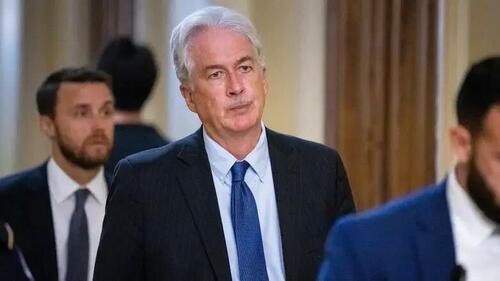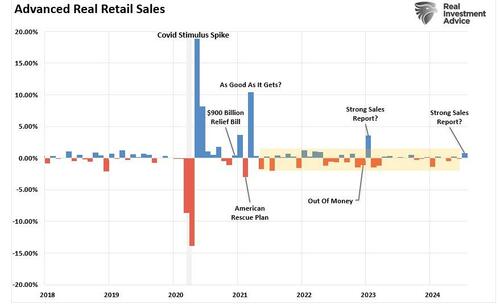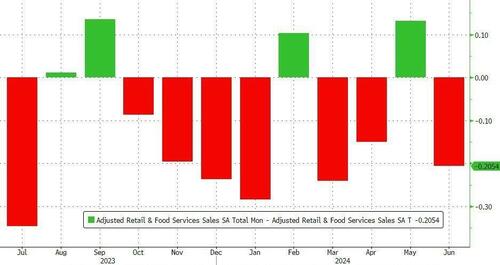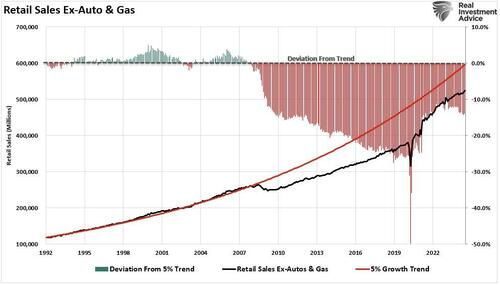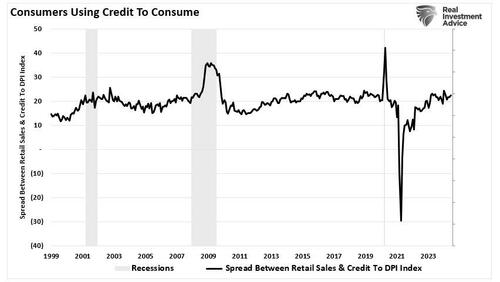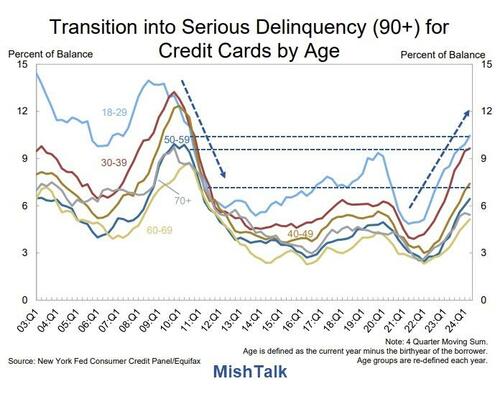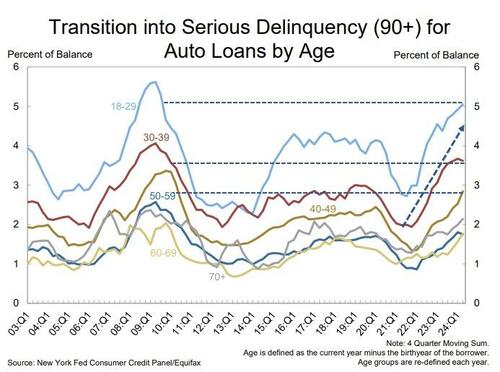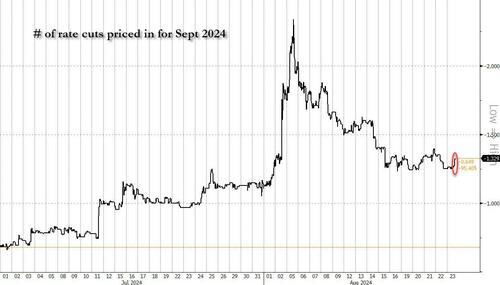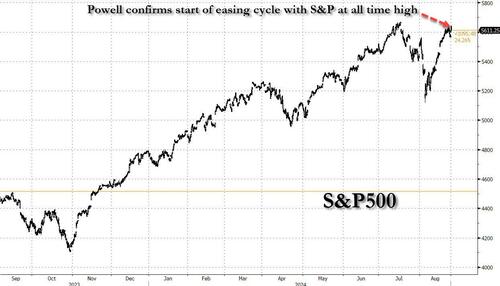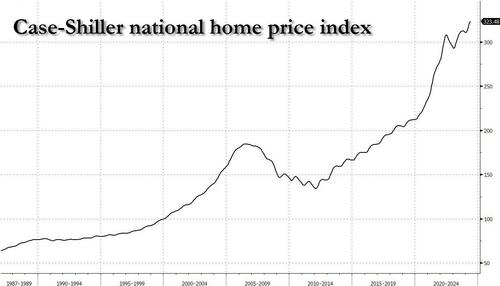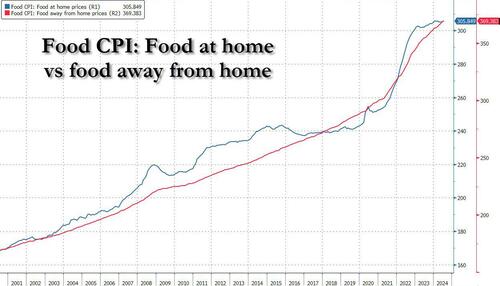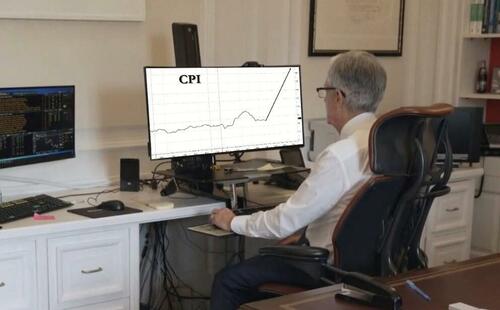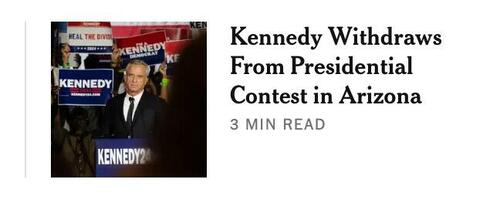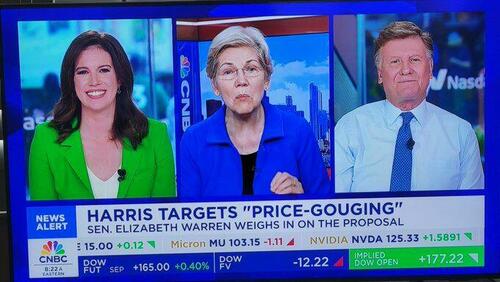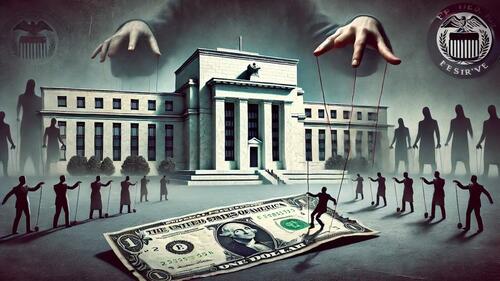Watch Live: RFK Jr Addresses The Nation
The 2024 presidential election race is about to take its next unexpected turn.
In minutes, Robert Kennedy Jr. is expected to suspend his presidential race, and if the rumors are true, he will endorse Donald Trump in a stunning rebuke to the party that is inexorably linked to the legacy of his father and his uncle, brothers Jack and Bobby Kennedy.
Watch Live (due to start at 2pmET)
While Richard Truesdell and Keith Lehmann point out that RFK Jr. was never a serious candidate, he had a famous name (to those of us old enough to remember), a tinge of legitimacy, and a wealthy billionaire running mate to keep the train going.
It wasn’t enough to reach office but it got his foot in the door after RFK Jr. was shunned by Democrat Party insiders in their initial effort to prop up husk of a president, Joe Biden.
Now they are stuck with Biden’s insurance policy, Kamala Harris.
It terrified the Dems to have RFK Jr. in the running, so they rigged the rules, banned him from state ballots, and vilified him as extreme. And to dampen his impact on the Harris-Walz ticket, after trying to deny him ballot access and remove RFK Jr. from the state ballots he made his way to, Democrats will now attempt to keep him on ballots to hurt Trump.
Such hypocrites.
He’s an environmental attorney, about as Lefty Democrat as you can get! He was expected to capitulate, kiss the crown, and get in line with everyone else. Instead, he went rogue. He showed them by unexpectedly running as an Independent.
In exchange for his potential endorsement, what can Trump promise?
A cabinet post? Being named director of the FBI to clean up that mess? Or ironically, heading up the CIA? Maybe after six decades, we’ll find out exactly what was the role of the agency in assassinating his uncle and if it had any role in his own father’s assassination.
He’s now rumored to be ready to endorse Trump and is expected to announce his campaign suspension in Phoenix, where Trump is scheduled to hold a rally nearby. Coincidence? Unlikely.
If this happens, it will take much of the post-DNC momentum away from Harris-Walz and focus attention on the PR value of RFK Jr.’s endorsement.
Imagine the son of RFK and the nephew of JFK, endorsing a Republican candidate for the presidency, Donald Trump no less.
It will be a net positive gain for Trump, although not much and only for so long. But it could make all the difference in a race that’s expected to be tight in the all-important swing states—especially Pennsylvania.
After spending millions to keep him off the ballot, the Democratic National Committee released a memo Friday dismissing the potential impact Robert F. Kennedy Jr.’s endorsement of Donald Trump will have on the presidential race.
The DNC claimed, without evidence, that the only reason Kennedy was in the race was to be a spoiler candidate to help former President Trump, but derided him as “a near-negligible factor” with “no meaningful base of support.”
The DNC memo purported, again without evidence, that Trump was “at a low point and acting out of desperation.”
“Embracing RFK Jr. now —when he has nothing to offer but months of disqualifying revelations—is not a decision a campaign makes when they’re acting from a position of strength.”
The memo went on to accuse RFK Jr. as having an “unsavory and reckless past, ties to MAGA donors, and MAGA-lite positions on abortion bans and January 6th pardons,” and assert that “his support has dwindled to make him a near-negligible factor.”
“The little support that remains is soft, split across ideologies, and disproportionately among lower propensity voters. With no meaningful base of support and sky-high negatives among Democrats, RFK Jr.’s threat to VP Harris was neutralized,” the DNC memo stated.
The DNC memo argued Kennedy could actually hurt Trump because of his allegedly “controversial” positions on the Jan. 6 Capitol riot, the Sept. 11 attacks and vaccines.
Right now, in their post-DNC euphoria, Democrats believe that they have positioned Harris to win.
Don’t be fooled by their misplaced optimism. It’s an illusion even when presented by seasoned political analysts like Mark Halperin.
Where Things Stand in the Swing States
Authored by Richard Truesdell and Keith Lehmann via American Greatness,
From west to east, let’s look at the latest polling, factoring in the impact of the potential Kennedy endorsement factored in, considering how the polls misread the 2016 and 2020 results. Remember that if Trump wins the states he did in 2020 and adds Georgia and Pennsylvania, he’s at the 270 Electoral College votes needed to become the 47th president of the United States. We are also factoring in Harris’s surge in polling in the wake of her anointment after Joe Biden ended his reelection bid. The latest polling and anecdotal analysis indicate that the surge is fading and that the Harris-Walz ticket, especially in the wake of Walz misstating (the way the mainstream media is couching his lies) his personal story. On Thursday afternoon on her podcast, Megyn Kelly ripped Walz apologist Rep. Adam Smith (D-WA) a new one in a very contentious interview. That damage on the stolen valor issue has yet to be fully baked into the electoral cake.
(Response bias and Democrat oversampling in many of the polls—most specifically the New York Times/Sienna poll—over the last month radically shifted the polls after Biden ended his campaign.)
We should note that Harris is lagging behind Biden’s polling at this point in 2020 with Black, Latino, and blue-collar voters in all of the crucial swing states.
Nevada: In recent election cycles, Nevada is trending right. With its large hospitality industry voter base in Las Vegas, Trump got out in front of Democrats with his no taxes on tips policy position. It was such a positive move, that it was quickly copied by Harris. But hospitality segment workers are smart enough to realize that Trump is the better choice to look out for their interests. Taking into consideration Trump’s increasing appeal to the state’s Hispanic community along with rural Nevada’s traditional right leanings, Trump could potentially win the state by as much as five percent, especially when the way past polls have consistently underestimated Trump in both 2016 and 2020 even though he lost Nevada in both previous races.
Arizona: Arizona was one state that massively benefited from the move from Biden to Harris. Before the swap, Trump was comfortably leading Biden but that gap closed with Harris actually leading in some polls. But things have swung back in the opposite direction. Factor in RFK Jr.’s withdrawal in a tight race and it appears to shift the advantage back to Trump. What can be important in Arizona is that with the shift back to Trump, can he carry Kari Lake across the finish line? She is currently losing to Democrat Rubin Gallego by up to five percent in most polls. Immigration is indirectly on the ballot in Arizona and, as Election Day approaches, should benefit both Trump and Lake. As with other tight races, just 20 or 30 thousand net votes moving from RFK Jr. to Trump could easily deliver Arizona back to the GOP.
Wisconsin: Harris is currently up by 1 percent in Wisconsin according to the latest Rasmussen polling, which over the last two election cycles has been the most accurate. But several other polls show Trump outperforming his 2020 results. And this is another state where polls in both 2016 and 2020 underestimated Trump’s support. The polling is likely underestimating his support this year as well and if that turns out to be the case, Trump is probably leading by 3 to 4 percent. Democrats will continue trying to keep Harris’s unpopular far-left positions cloaked, much as they did in 2020 with Biden. But it is unlikely that the strategy will work this time. Expect Harris’s numbers to plummet after Labor Day, especially following the first—and currently only confirmed—debate on September 10 in Philadelphia, hosted by the Harris-friendly ABC network. Notably, Democratic shill George Stephanopoulos will not be moderating. Harris’s policies on the border and the economy are likely to face intense scrutiny.
Michigan: Of the six swing states, Michigan is the least favorable for Trump but with its large Muslim population in the Detroit area, Michigan is trending away from the Democrats and Harris knows it. She will try her best to tack away from Biden’s unpopular support for Israel but it’s going to be very difficult to do. This only got worse with Democrat leadership’s decision to not offer Palestinian Americans any speaking slot at the DNC. We don’t think this important voting block will vote for Trump but they can show their displeasure by staying away from the polls in November. In a tight race, that could swing the state to Trump. Also, with its very heavy blue-collar auto workers constituency, Trump’s stance on electric vehicles could prove to be a deciding factor even without RFK Jr.’s endorsement. (More than any other state, in Michigan Harris-Walz is caught between a rock and a hard place on the Israel-Palestinian Gaza conflict. Democrats have alienated both sides.)
Georgia: In a state where Trump lost by 0.2 percent in 2020, even factoring in the state’s large Black population, it appears that Harris is not moving the needle. Trump is very strong in the rural areas and is improving in the Atlanta suburbs he lost in 2020 after winning them in 2016. We expect that Georgia will flip back in 2024, especially if Trump continues to improve his numbers with Black men. Previously, Trump shot himself in the foot with his previous ill-advised attacks on popular Governor Brian Kemp (who is supporting Trump). But yesterday Trump and Kemp settled their differences dating back to the 2020 election with Kemp issuing a full-throated endorsement of Trump. Trump currently enjoys a two percent lead in the polling aggregates and with Kemp’s endorsement its 16 EC votes should go to Trump. We think that with Kemp’s endorsement—who defeated Stacey Abrams for Governor twice and has a powerful statewide machine—Georgia’s is now off the table for Harris-Walz. Look for Trump to win Georgia by four points or more.
Pennsylvania: It’s been our observation since Biden stepped down with Harris taking his place, by selecting Tim Walz instead of Josh Shapiro as her running mate, she’s made a huge mistake with national implications. Those implications? Jewish voters in other crucial swing states will view the snub of Shapiro in a very negative way. It seems that Democrats think they can win the Keystone State without him being her running mate. Pennsylvania has been trending to the right with Republicans enjoying a big edge in new voter registrations. This is one state where RFK’s exit from the race should benefit Trump. In the multi-candidate polls, RFK was taking more votes from Trump than Harris. Depending on which poll you follow, the state is anywhere from +1 for Harris to +4 for Trump. With RFK Jr. just dropping out (and not endorsing Trump), it looks like Pennsylvania’s 19 EC votes will go to Trump giving him the election.
(With an RFK Jr. endorsement combined with Glenn Youngkin’s popularity, is Virginia now a swing state that Trump can flip? This bears watching between now and the first debate in September.)
The RFK Jr. campaign probably peeled off more Dems than Republicans, so this endorsement is going to piss off the Dems in a higher proportion to the votes they will lose. They realize the mistake they made by trying to sabotage Kennedy’s presidential bid, and now an RFK Jr. endorsement puts new swing-state wind into Trump’s sails. To understand the full extent of disillusionment of the Kennedy campaign over Democrat Party sabotage, here is VP candidate Nicole Shanahan—a California Democrat lawyer—eviscerating her party over its naked election interference.
If anything, it will be entertaining to see left-on-left infighting. Dems will not take this endorsement lying down; they will trot out Kennedy’s “weirdness” (seems to be more projection than usual coming from them) and maybe tout his betrayal of the Kennedy legacy as if anyone under 60 even remembers. The left hates defectors from the plantation, no matter what legacy a defector’s surname might suggest.
The 2024 race has been the wildest in modern American history and it’s not even Labor Day yet. And what will be this cycle’s October Surprise? In this crazy year, we predict it’s going to be Biden’s resignation after the one scheduled debate so Harris can run as the official incumbent. Could that swing the final result back to Harris? We shall see. Buckle up, it’s only going to get crazier over the next 70 days.
Tyler Durden
Fri, 08/23/2024 – 13:55
via ZeroHedge News https://ift.tt/VCYWAg2 Tyler Durden

